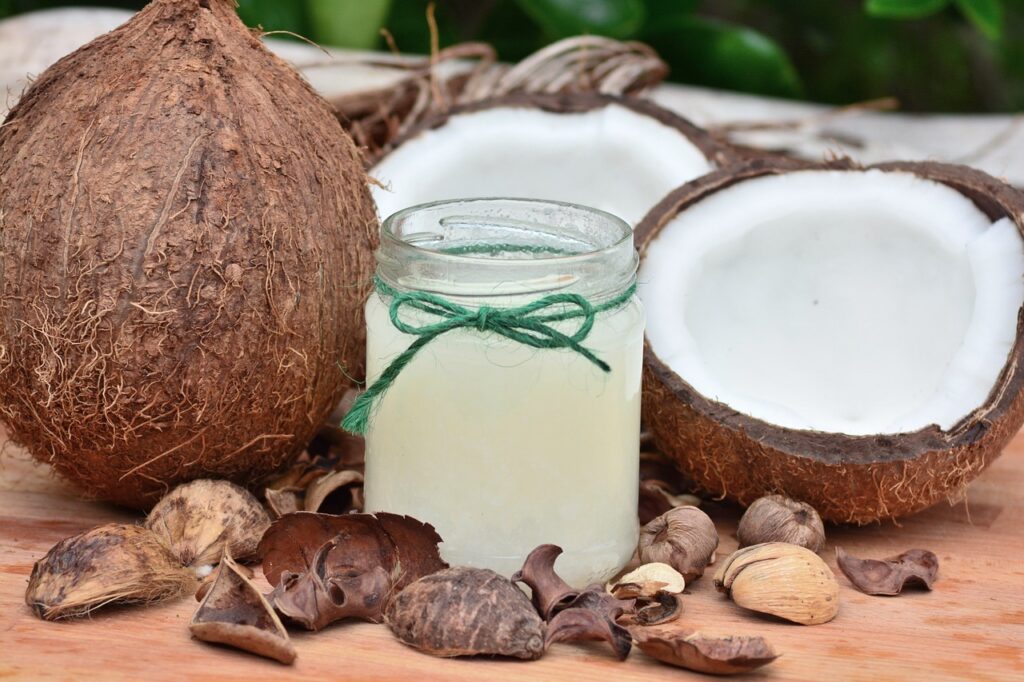tiny bumps on face after exfoliating
What Causes Bumps After Exfoliating?
From a disciplined, practical standpoint, tiny bumps on face after exfoliating are typically a signal of acute barrier stress, irritation, or pore congestion. The main culprits include:
Overexfoliation: Using AHAs/BHAs or mechanical scrubs more than twice a week strips the protective outer layer. The skin reacts with redness and microbumps—often mistaken for acne, but actually inflammation. Contact dermatitis: Irritation from a new product—especially those with fragrance or essential oils—manifests as scattered, tender bumps. Fungal folliculitis: Sometimes, skin disruption fosters yeast overgrowth, producing small, uniform, itchy bumps along oily zones. Product residue: Failing to fully rinse away exfoliant leaves surfactants or beads on skin, trapping oil and debris beneath.
Each of these leads to tiny bumps on face after exfoliating, often within 24–48 hours of use.
First Steps: Stop and Simplify
1. Halt all exfoliation immediately. No acids, scrubs, or exfoliating cloths for at least a week.
2. Barrier repair: Use a simple, fragrancefree cleanser and a ceramiderich moisturizer. Look for ingredients like squalane, panthenol, or oat extract—nothing fancy, no active serums.
3. No picking or scrubbing: Picking worsens inflammation and risks scarring. Physical scrubbing only escalates damage to the skin’s already compromised surface.
4. Sun protection: Apply daily SPF; barriercompromised skin is more sensitive to UV damage.
What’s Happening Under the Skin?
When skin is overworked:
The stratum corneum (top layer) is thinned. Protective lipids and proteins are depleted. Nerve endings are exposed—you see and feel irritation as microbumps. Oil and sweat mix with debris in disrupted pores, causing mild, uniform comedones.
Tiny bumps on face after exfoliating are simply your skin’s discipline alarm—stop, rebuild, then cautiously reintroduce actives.
When to See a Professional
If the bumps:
Persist beyond two weeks after stopping all exfoliation Spread rapidly, itch intensely, or are associated with redness, pus, or pain Are accompanied by swelling, systemic symptoms, or infection
A dermatologist can diagnose allergic reactions, fungal acne, or other underlying issues.
Reintroducing Exfoliation Safely
When the skin recovers:
Use chemical exfoliants once weekly; increase only if no irritation or bumps recur. Prefer gentle acids (lactic or mandelic) over strong glycolic or heavy scrubs for sensitive or mature skin. Never pair exfoliants with other strong actives (retinoids, vitamin C, benzoyl peroxide) in a single routine. Always hydrate well after use; reapplying moisturizer reinforces the barrier.
Preventing Texture Setbacks
Understand your skin type—oily, dry, sensitive, or combination—and read labels accordingly. Exfoliate for maintenance, not for instant change; focus on prevention. Always patchtest new products, especially those with potent actives or complex formulas. Prioritize hydrating serums and light occlusives.
Discipline means setting a schedule—write down routines, don’t improvise every week.
Additional Recovery Tips
Use cold compresses for acute irritation. Don’t layer new actives or try to “correct” the bumps with more products. Keep makeup minimal; avoid heavy primers or oilbased formulas that can clog recovering pores.
Ingredients That Calm and Rebuild
Ceramides and fatty acids: major barrier support Colloidal oatmeal: soothing Niacinamide: repairs and calms inflammation
These work together to heal skin faster and minimize texture left from tiny bumps on face after exfoliating.
Discipline Beats Crisis
Every routine should have a builtin stopgap: a week of “rescue” basics, well before a problem spirals. Tiny bumps on face after exfoliating aren’t just luck; they signal that process—not products—needs fixing.
When reintroducing actives, always schedule “off” nights with only moisturizer and gentle cleansing.
Final Thoughts
Smooth skin is built with patience, not overdrive. If you find yourself with tiny bumps on face after exfoliating, view your skin’s response as a call for discipline: minimize, hydrate, let skin reset. Only with restored barrier and calmer routines should exfoliation return. In skincare as in life, more is rarely better. The right texture is earned by sensible scheduling and a willingness to pause. Listen, adjust, and let your skin recover its healthiest surface—one layer, one week, one disciplined choice at a time.
